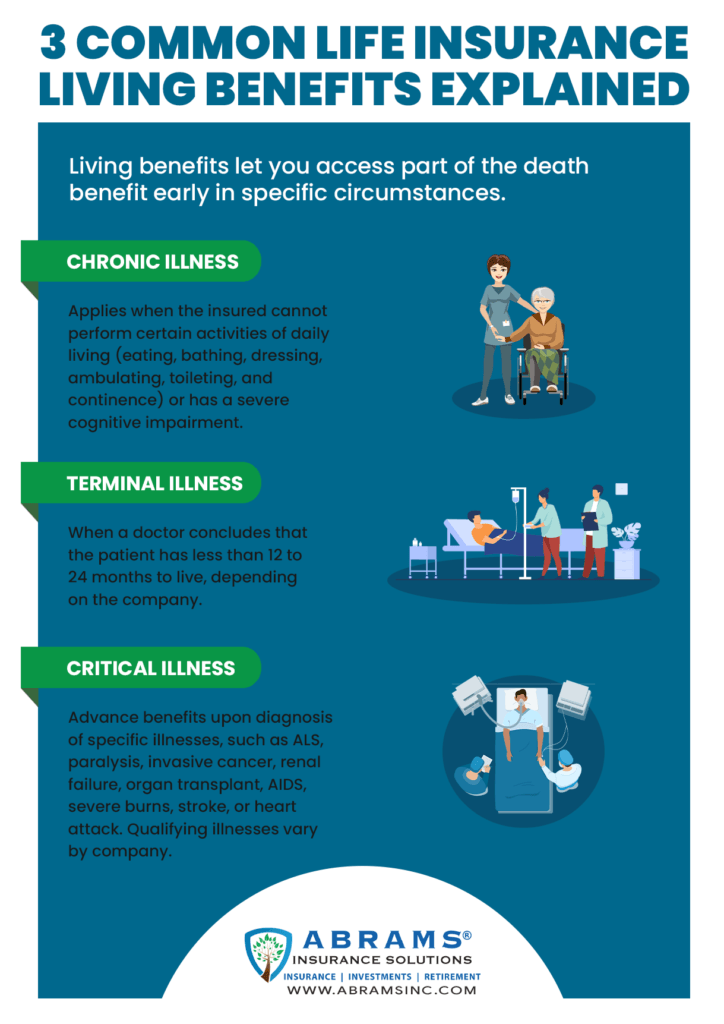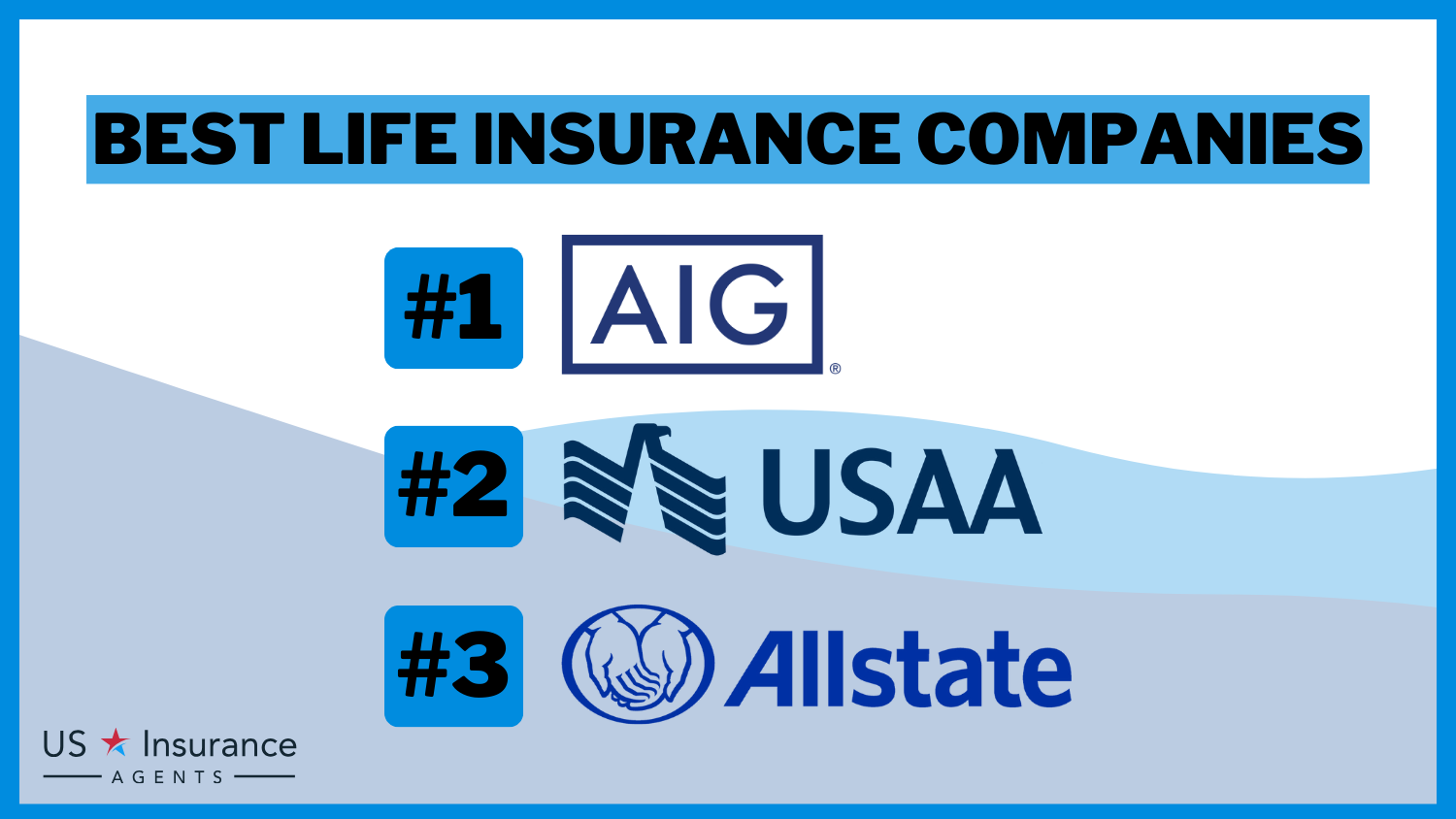After a Car Accident: A Guide to Claiming
Car accidents are undeniably distressing experiences that can leave you feeling shaken, both physically and emotionally. Amidst the aftermath, the prospect of filing a claim can seem like an overwhelming burden. This guide aims to simplify this process, providing you with a step-by-step roadmap to navigate the complexities of claiming after a car accident.
1. Initial Steps: Acting Promptly and Preserving Evidence
In the aftermath of a car accident, it’s crucial to take immediate action to protect your rights and strengthen your claim. First and foremost, ensure your safety and that of any passengers. If possible, move your vehicles to a safe location off the road.
Next, contact the police. Their report will document the accident details, including the time, date, location, and any eyewitnesses. This report serves as a valuable piece of evidence in support of your claim.
Don’t forget to document the scene thoroughly. Take photographs of the damage to your vehicle, any injuries sustained, and the surrounding area. These images will provide visual evidence to back up your claim.
It’s also essential to seek medical attention as soon as possible. Even if you don’t feel any immediate pain, a medical evaluation can uncover hidden injuries that may affect your claim later down the road. Keep all medical records and bills for future reference.
2. Filing a Claim: Understanding Your Options
There are generally two types of claims you can file after a car accident: property damage and bodily injury. Property damage claims cover the costs of repairing or replacing your vehicle, while bodily injury claims seek compensation for medical expenses, lost wages, and pain and suffering.
To file a claim, you must contact the insurance company of the at-fault driver. You can do this by phone, mail, or online. It’s important to be as detailed as possible when describing the accident and your injuries.
Claiming After a Car Accident
After a car accident, one of the first things you should do is file an insurance claim. This can be a complex and confusing process, but it’s important to understand your rights and responsibilities as an accident victim. Here are some tips on how to claim after a car accident:
Reporting the Accident
- Call the police. The first step after a car accident is to call the police. They will create an accident report, which will be an important piece of evidence in your insurance claim.
- Exchange information with the other driver. Be sure to get the other driver’s name, address, phone number, insurance company, and policy number. You should also take pictures of the accident scene and any damage to your vehicle.
- Report the accident to your insurance company. You should report the accident to your insurance company as soon as possible. They will assign you a claims adjuster who will help you through the claims process.
Filing a Claim
- Gather evidence. In order to support your claim, you will need to gather evidence such as the police report, medical records, and estimates for repairs to your vehicle.
- Complete a claim form. Your insurance company will provide you with a claim form. Be sure to fill it out completely and accurately.
- Submit your claim. Once you have completed the claim form, you will need to submit it to your insurance company. They will review your claim and determine whether or not to approve it.
- Appeal a denied claim. If your claim is denied, you have the right to appeal the decision. You will need to submit a written appeal to your insurance company.
Dealing with an Insurance Adjuster
- Be prepared. When you meet with the insurance adjuster, be prepared to answer questions about the accident and your injuries.
- Be honest. It’s important to be honest with the insurance adjuster about the accident and your injuries.
- Be patient. The claims process can take time. Be patient and don’t give up if your claim is initially denied.
Claiming After a Car Accident
After the dust settles from a car accident, the last thing most victims want to do is deal with insurance companies. However, filing a claim promptly is crucial to recover damages and get back on the road. Here’s a step-by-step guide to help you navigate the claims process:
Gathering Evidence
Documenting the accident is essential for building a strong case. Take plenty of photos of the damage to your vehicle, any visible injuries, and the scene of the accident. Get contact information from all parties involved and any witnesses present. Gather medical records, including doctor’s notes and receipts for any treatment you’ve received. This evidence will paint a clear picture and bolster your claim.
Witness statements are invaluable as corroborating evidence. Their accounts can provide an unbiased perspective of what happened and strengthen your case. If possible, ask witnesses to write down their statements or record brief video clips of their observations.
Don’t forget to exchange insurance information with the other drivers. Report the accident to your insurance company promptly and obtain a claim number. You’ll need to provide them with the evidence you’ve gathered to support your claim. By preserving critical evidence, you’re proactively building a solid foundation for a successful claim.
Claiming After a Car Accident
After a car accident, you’re probably feeling shaken up, both physically and emotionally. The last thing you want to deal with is the hassle of filing a claim with your insurance company. But don’t worry, we’re here to help.
In this article, we’ll walk you through the step-by-step process of filing a claim after a car accident. We’ll also provide some tips on how to get the most out of your claim.
Filing a Claim
The first step in filing a claim is to contact your insurance company. You can do this by phone, online, or through their mobile app. When you contact your insurance company, be prepared to provide the following information:
- Your name, address, and phone number
- Your policy number
- The date and location of the accident
- The names and contact information of the other drivers involved in the accident
- A description of the accident
Gathering Evidence
Once you’ve filed a claim, your insurance company will likely request that you provide them with some evidence to support your claim. This evidence may include:
- A copy of the police report
- Photographs of the damage to your vehicle
- Medical records
- Witness statements
- Estimates for repairs
Negotiating Your Settlement
Once your insurance company has reviewed your claim, they will make you an offer for a settlement. This settlement is based on a number of factors, including the severity of the accident, the damage to your vehicle, and your injuries.
You don’t have to accept the first offer that your insurance company makes. You can negotiate with them to get a higher settlement. If you’re not happy with the settlement offer, you can always hire an attorney to help you fight for your rights.
Getting a Rental Car
If your car is damaged in an accident, you may need to rent a car while it’s being repaired. Your insurance company may provide you with a rental car, or you may have to pay for it yourself.
If you have to pay for a rental car yourself, you can usually get reimbursed by your insurance company. However, you’ll need to keep receipts for all of your expenses.
Filing a Lawsuit
If you’re not satisfied with the settlement that your insurance company offers, you can always file a lawsuit. This is a more expensive and time-consuming option, but it may be your only choice if you want to get the compensation that you deserve.
Conclusion
Filing a car insurance claim can be a daunting task, but it doesn’t have to be. By following these tips, you can make the process as smooth and painless as possible.
Claiming After a Car Accident
After a car accident, filing a claim can be a daunting task. However, it’s crucial to understand your rights and the steps involved to ensure you receive fair compensation for your damages. While the process can vary depending on the specifics of your case, here’s a comprehensive guide to help you navigate the claiming process.
Determining Fault
Establishing fault is a critical aspect of the claiming process. The insurance companies will conduct thorough investigations to determine who caused the accident and assign liability accordingly. This usually involves examining police reports, witness statements, and physical evidence from the scene of the accident. In some cases, an independent adjuster may be appointed to evaluate the accident and determine fault.
If you believe you were not at fault for the accident, it’s essential to provide documentation and evidence to support your claim. Gathering witness statements, obtaining a copy of the police report, and taking photos of the damage to your vehicle can strengthen your case.
Documenting Damages
Thoroughly documenting your damages is vital for ensuring you receive fair compensation. This includes medical expenses, property damage, lost wages, and pain and suffering. Keep receipts, medical records, and estimates for repairs to support your claims.
Negotiating with the Insurance Company
Once the insurance companies have determined fault, they will make settlement offers based on their assessment of your damages. It’s crucial not to accept the first offer you receive without considering your needs and the full extent of your losses. You may need to negotiate with the insurance adjuster to ensure you receive a fair settlement.
Hiring a Lawyer
Hiring an experienced car accident lawyer can significantly benefit your case. A lawyer who specializes in personal injury claims can guide you through the legal process, protect your rights, and negotiate with the insurance companies on your behalf. They can help you maximize your settlement and ensure you receive the compensation you deserve.
Settlement or Litigation
The majority of car accident claims are settled out of court through negotiations with the insurance company. However, if you cannot reach a fair settlement, you may need to consider pursuing litigation. This involves filing a lawsuit and presenting your case before a judge or jury. Litigation can be a complex and lengthy process, so it’s important to carefully consider your options.
Claiming After a Car Accident: A Comprehensive Guide
In the aftermath of a car accident, filing a claim for damages can seem overwhelming. Fortunately, navigating the process can be made easier by following these steps:
Establishing Fault
Before a settlement can be negotiated, fault must be determined. This is based on evidence gathered from police reports, witness statements, and accident scene reconstruction. Comparative negligence laws in some states may allocate a percentage of fault to both drivers, affecting the amount of compensation awarded.
Evaluating Damages
Compensation for damages includes not only property damage, but also medical expenses, lost wages, and pain and suffering. Victims should keep a detailed record of all expenses and seek medical attention promptly to document injuries. Insurance companies will evaluate these damages to determine a fair settlement amount.
Negotiating a Settlement
Once fault is established, the insurance companies will initiate negotiations for a settlement. This process involves exchanging offers and counteroffers until a mutually agreeable amount is reached. Victims should carefully consider any settlement offers, as accepting the first offer may not fully compensate them for their losses.
Factors Influencing Settlement
Several factors can influence the settlement amount, including the severity of injuries, the extent of property damage, and the applicable insurance coverage. Additionally, victims’ negotiation skills can impact the outcome. Victims can bolster their position by presenting evidence to support their claims and negotiating from a well-informed perspective.
Understanding Your Rights
It’s crucial to understand your rights as an accident victim. You have the right to representation by an attorney, to review medical records, and to request independent medical examinations to verify the extent of your injuries. Exercising these rights can ensure that you receive fair compensation for your losses.
Beware of Insurance Tactics
Insurance companies often engage in tactics designed to minimize payouts. They may dispute fault, undervalue damages, or pressure victims into accepting lowball offers. Victims should be aware of these tactics and seek professional guidance to protect their interests.
Conclusion
Claming after a car accident can be a complex process. By understanding the steps involved and your rights as a victim, you can navigate the process effectively and maximize your compensation. Remember to document your damages, negotiate confidently, and be aware of insurance company tactics to ensure you receive fair treatment.
Claiming After a Car Accident
Navigating the aftermath of a car accident can be an overwhelming and stressful experience, but understanding the claims process can help you recover compensation for your injuries and damages. Here’s a detailed guide to claiming after a car accident.
Evidential Support
Gathering evidence is crucial to support your claim. Take photos of the accident scene, damage to vehicles, and any injuries sustained. Obtain witness statements, a police report, and medical records. These will strengthen your case and make it more difficult for the insurance company to deny your claim.
Negotiating a Settlement
Once you’ve filed a claim, you’ll negotiate a settlement with the insurance company. Be prepared to provide documentation of your injuries, damages, and lost income. Consider consulting with an attorney to ensure you get a fair settlement that covers all your expenses.
Receiving Payment
Once the settlement is agreed upon, the insurance company will issue payment. This can take the form of a lump sum, structured payments, or a combination of both. Carefully review the payment schedule and make sure it aligns with the agreed-upon settlement.
Understanding Insurance Coverage
Understanding the insurance coverage of both parties involved is essential. Determine who was at fault, what types of coverage are applicable, and what the policy limits are. This will help you estimate the potential value of your claim and negotiate accordingly.
Time Limits and Deadlines
Be aware of the applicable time limits and deadlines for filing a claim. Each state has specific statutes of limitation, so it’s important to act promptly to avoid losing your right to compensation. Don’t hesitate to seek legal advice if you’re unsure about the deadlines or face any challenges in filing your claim.
Getting Legal Help
If you’ve sustained significant injuries or are facing a complex legal situation, it’s wise to consider consulting with an attorney. An experienced attorney can guide you through the claims process, negotiate a favorable settlement, and protect your rights. They can also help you with issues like obtaining medical treatment, dealing with insurance companies, and pursuing legal action if necessary.




Leave a Reply